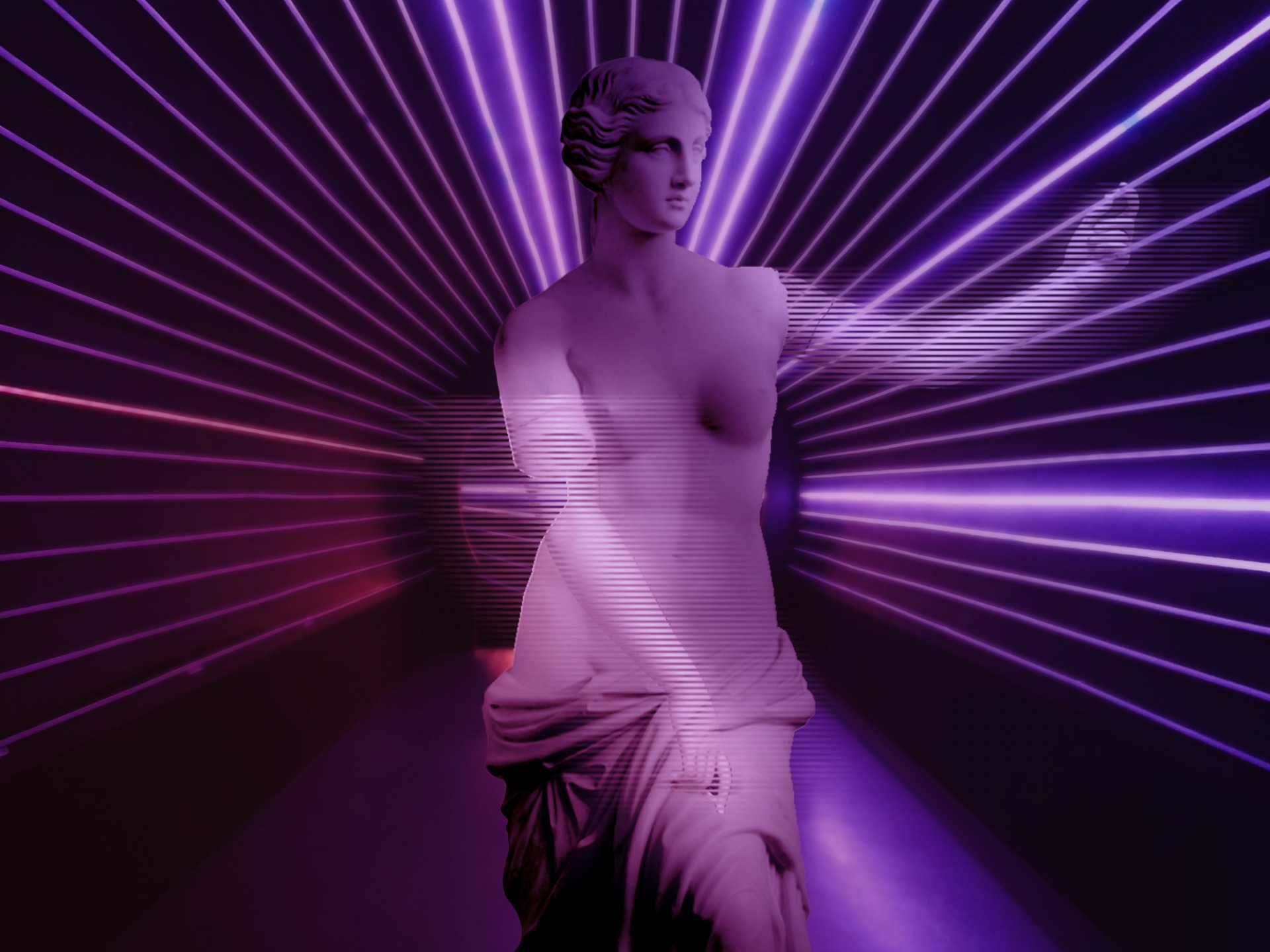Augmented reality and virtual reality create opportunities for new research and boundaries to be explored in many areas, certainly including the abundant and fascinating domain of art. The advent of new forms for renewed substances has always sparked debates, at times even ferocious ones, marking transitions that have opened the doors of the muses first to cinema as the seventh art – by Ricciotto Canudo in 1921 – which now seems to be sacred. And later also to TV and comics – by Claude Beylie in 1964. Leaving the disputes over these arbitrary and sometimes superficial rankings to authors more suited to criticism, we limit ourselves – from simple technology experts and user experience beginners – to observing with a certain excitement that new forces are knocking on these mystical gates.
Starting with the advent of animation and later on with computer graphics, a new push and expansion of the potential of cinema were a fact. Virtual reality has unhinged some structural elements, opening up new possibilities through two significant characteristics:
- The user’s autonomy in the choice and movement of the point of view, enhanced in the immersive meaning through the use of viewers, which requires theoretical rethinks and practical experiments for that sacred fact we know as direction;
- Interactivity, which allows the user to participate in the plot, thus opening the unambiguous linearity of cinema to hypertextual plots, up to now the prerogative of gamers or authors for many daredevils. Maybe some of us will even remember the game books.
But if we hold up the effort so far, it is augmented reality that forces us even more to ‘unframing’. Increasing bodies, places, objects, and adding new informative and referential levels, is certainly the first and most immediate effect to free this new media power. But it is in the semantic and even more symbolic drift that art can re-find itself to continuously re-generate the sense of this and other realities. Enter inside, open, change, manifest everything around. In order to give our eyes the physical reality of now as metaphors of that time, of something else or of something that has yet to come – and here too with the hyperbolic opportunity for multi-linearity and interactivity.
As if that were not enough, all of this is included in the 4.0 framework – a cyber-physical system in which there is no continuity between natural, artificial, digital and virtual – integrating with other technologies of this revolution, first of all the internet of all things animated and hybrid intelligence.
All of this is certainly the future to imagine, but also the past and present of many pioneers, ‘google’ and search and you will find a lot. They leave us only two affectionate quotes, the artist Tamiko Thiel and the Italian Virtual Reality Experience festival with whom we have the pleasure and the honor of collaborating.
Maybe in the end someone’s hair will raise, but it will undoubtedly be fun.

Andrea Bellezza
VP of Enterprise Strategy
Co-founder of OSC Innovation, having 15+ years of experience as Strategic Innovation Researcher and Consultant, and New Media Designer: Augmented Reality, Virtual Reality, Robotics, IOT, AI. Innovation and Intuition are the key cross-cutting components of his professional development, exploited in a wide range of environments: technology and new media, international academic research and education. Proudly led the launch of the ‘augmented reality’ in Italy, making OSC Innovation the Italian leader since then. Teacher and coaching for italian and international universities and institutions.




